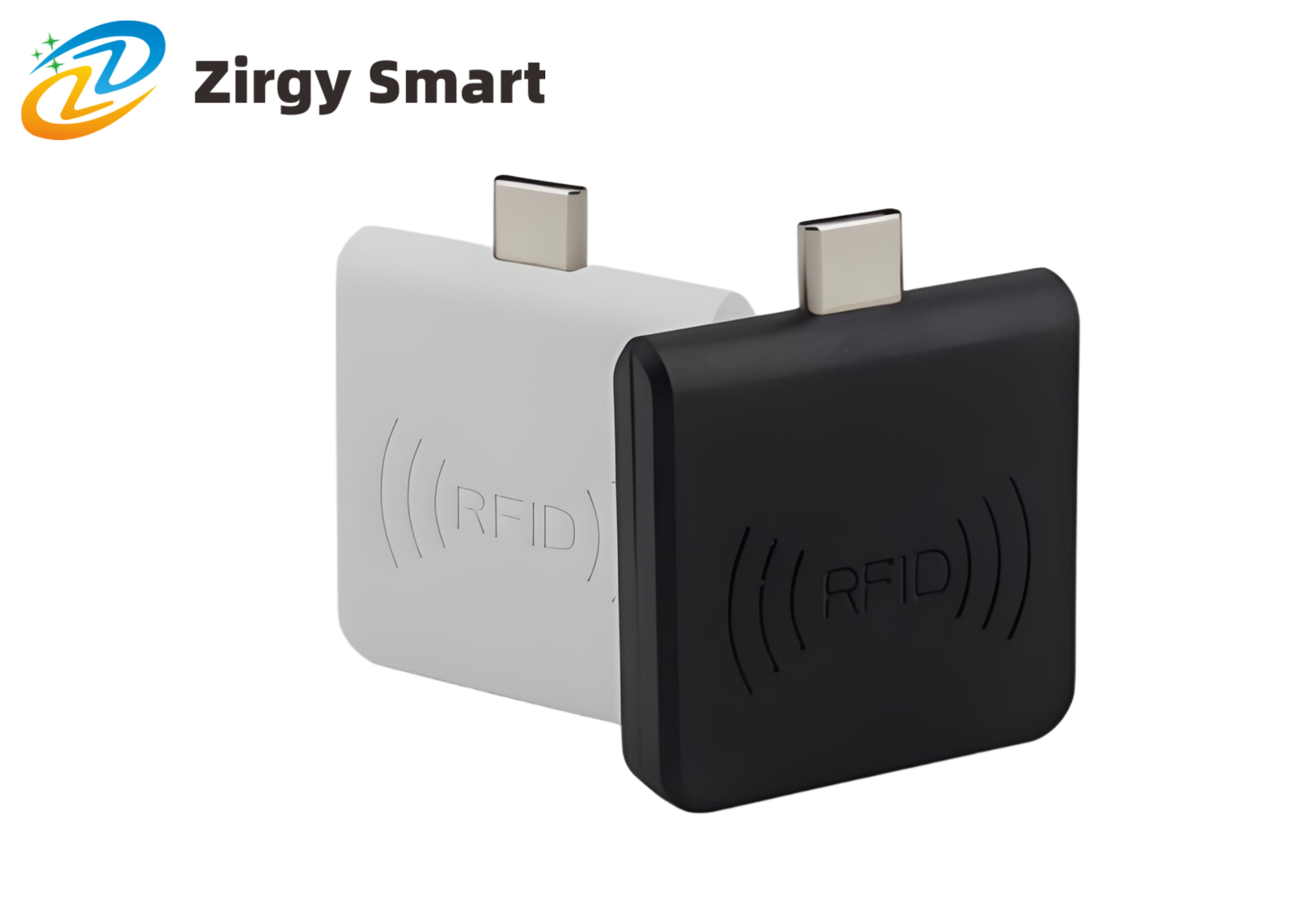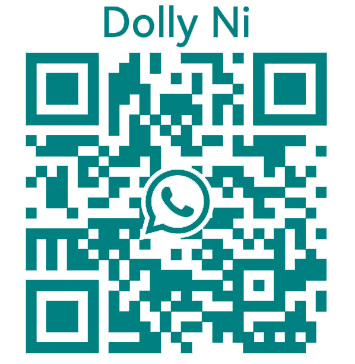About Zirgy
[+]

export@shzjsmart.cn

Address
3F, Building 1, 875 Qiuxing Road, Pudong New District, Shanghai
Ⅰ Product introduction
Name: Ultra-high frequency Android smartphone / tablet Type-C portable card reader ZJ901
The ZJ901 is a small integrated reader-writer that is compatible with the ISO 18000-6C standard. Its operating frequency ranges from 902MHz to 928MHz. It is used for short-distance identification or management by a background card issuer. It can be directly connected and used with an Android intelligent system platform through a Type-C interface. It can be plugged and unplugged at will (plug-and-play), and there is no need for an external power supply. The exquisite and compact design not only makes it simple and convenient to use, but also ensures stable, effective and reliable reading. This product can be used not only on Android system platforms such as mobile phones and tablets, but also can be connected to a computer via an OTG conversion cable, and the EPC number data of UHF electronic tags can be read in the output software of the computer (such as editors like Notepad, WORD, EXCEL, etc.). It is widely applied in logistics and warehousing management, intelligent parking lot management, production line management, and other fields.
Ⅱ Fundamental parameters
◆ Operating frequency: 902MHz~928MHz Card reading type: Tag of ISO 18000-6C protocol
◆ Operating voltage: 5V
◆ Reading distance: 0~5cm
◆ Reading speed: 0.2s
◆ Dimensions: 35mm×35mm×7mm (without interface) 71mm×71mm×19mm (packaging)
◆ Communication interface: Type-C
◆ Operating temperature: -20℃~70℃
◆ Operating current: 100mA
◆ Reading time: <100ms
◆ Reading gap: 0.5S
◆ Weight: 20g (net weight) 50g (with package)
◆ Opearting system: Android (test brand: Samsung, Sony, vivo, Xiaomi) Win XP\Win CE\Win 7\Win 10\LIUNX\Vista\Android
◆ Status indicator lights: 2-color LED ("blue" power LED, "green" status indicator light)
Ⅲ Usage method and precautions
1. Usage/installation method
◆ After inserting the card reader into an Android system platform such as a mobile phone or tablet, the indicator light of the card reader turns “blue”, indicating that the card reader has entered the state of waiting for card swiping.
◆ Test method: Open the output software (e.g., editors like memo or SMS) on an Android system platform such as a mobile phone or tablet. Bring the tag close to the card reader, and the EPC card number will automatically appear at the cursor position with a built - in carriage return function. (As shown in the figure above)
2. Precautions
◆ Android system requirements for devices such as mobile phones: They must have OTG functionality.
◆ If the card - reading distance of the card reader is too long, it may lead to unstable or failed card reading. Avoid reading cards at the critical state (the distance where the card can just be read). Meanwhile, two adjacent card readers may interfere with each other.
◆ There are many factors that affect the card - reading distance. Different protocols, antenna designs, surrounding environments (mainly metal objects), and different cards can all influence the actual card - reading distance.
◆ Regarding the card - reading method, it is recommended to bring the card close to the card reader naturally with the card facing the reader directly. The method of quickly swiping the card across the side of the reader is not advisable, and successful card swiping cannot be guaranteed.
◆ If there is no response when swiping the card: Check if the interface is properly plugged in; whether the RF card is a tag that complies with the corresponding protocol; whether the RF card is damaged; and whether there is another RF card within the card - reading range.
Ⅳ Product display
 |
|







